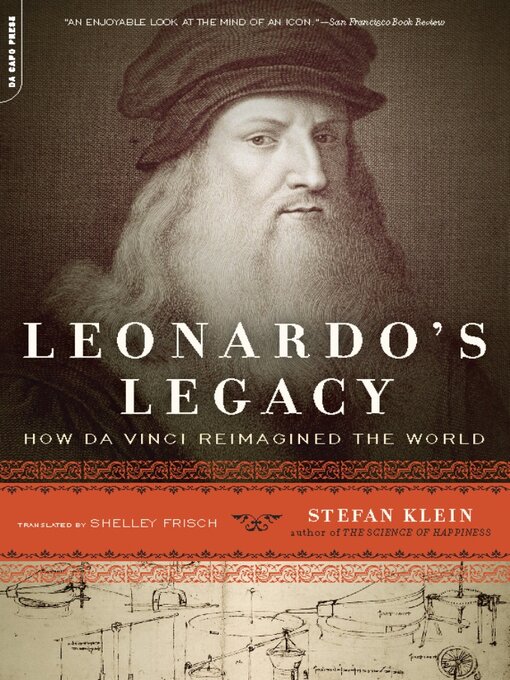- Available now
- New eBook additions
- New kids additions
- New teen additions
- Most popular
- Try something different
- Skip the Lines: Charlotte Only eBooks
- The Classics- Always Available
- See all ebooks collections
- Available now
- New audiobook additions
- New kids additions
- New teen additions
- Most popular
- Try something different
- Skip the Lines: Charlotte Only Audiobooks
- See all audiobooks collections
- Dorothy Canfield Fisher 2019-2020
- Dorothy Canfield Fisher 2018-2019
- Green Mountain Book Award 2017-2018
- Dorothy Canfield Fisher 2017-2018
- Green Mountain Book Award 2016-2017
- Dorothy Canfield Fisher 2016-2017
- Green Mountain Book Award 2015-2016
- Dorothy Canfield Fisher 2015-2016
- Green Mountain Book Award 2014-2015
- Dorothy Canfield Fisher 2014-2015
- Green Mountain Book Award 2013-2014
- Green Mountain Book Award 2018-2019
- Vermont Middle-Grade Children’s Book Award 2020-2021
- See all awards collections




